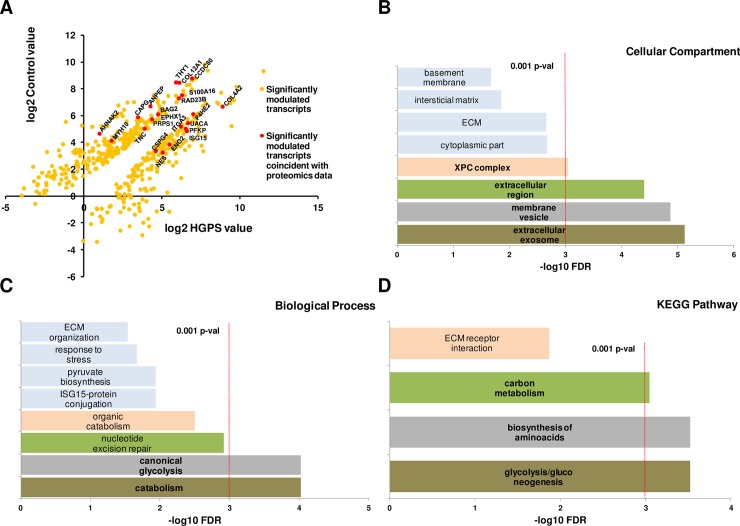Fig 3. Crosschecking of the genomic and proteomic results shows that HGPS present features of a metabolic disorder.
Representation of the modulation in HGPS versus Control cell lines of the transcripts detected as significant and those correlating with the proteomic approach (red dots in A). String 10.4 gene ontology statistical study of the 22 transcript/protein coincident pairs (B, C, D) demonstrate that most of the proteins are membrane-bounded or secreted and have a role on glycolysis, energy generation and synthesis of bio-molecules.

